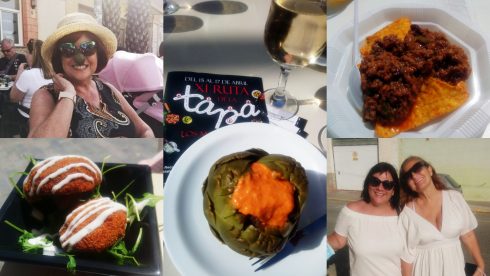A BID to put Picasso’s masterpiece Guernica on display in the Basque country has been rebuffed.
The picture, depicting the 1937 bombing of the Basque town of the same name, has never been shown in the region.
The Basque government proposed that the painting – which is world-renowned as one of the most moving and powerful anti-war paintings in history – be put on display at the Guggenheim Museum in Bilbao.

In her disbelief that Picasso’s piece has never set foot in the Basque Country, the senator of the left-wing Bildu party, Idurre Bideguren, had suggested a temporary exhibition.
“It is more than just a great work of art: it is a symbol against fascism that represents the symbiosis between art and denunciation,” Bideguren said.
But the Spanish government has reiterated its stance that the piece will not leave the Reina Sofia museum in Madrid, where it has been since 1992 – not even for temporary exhibitions.
They insist that the work is too large and fragile to be moved.
This is not the first time a request has been made to show the artwork in the Basque country – similar requests in 1997 and 2006 were also turned down.
Picasso painted Guernica in Paris in response to the bombing of the town by fascist forces.
Stark black and white photographs plastered over the front pages of L’Humanité and other French newspapers were the first visual representations he saw of the bloodshed and devastation.
Those images became his inspiration for one of the world’s most iconic paintings, a universal howl against the atrocities of war.
Picasso’s choice to paint it in monochrome has been cited as a deliberate effort to represent a photographic record of the genocide, despite its avant garde style.
READ MORE:
- PICASSO: Spain’s most famous artist was a rogue when it came to love
- Stepping inside Picasso’s childhood home in Malaga on Spain’s Costa del Sol
- Billionaire who smuggled Picasso painting out of Spain avoids prison because of ‘serious incurable disease’







